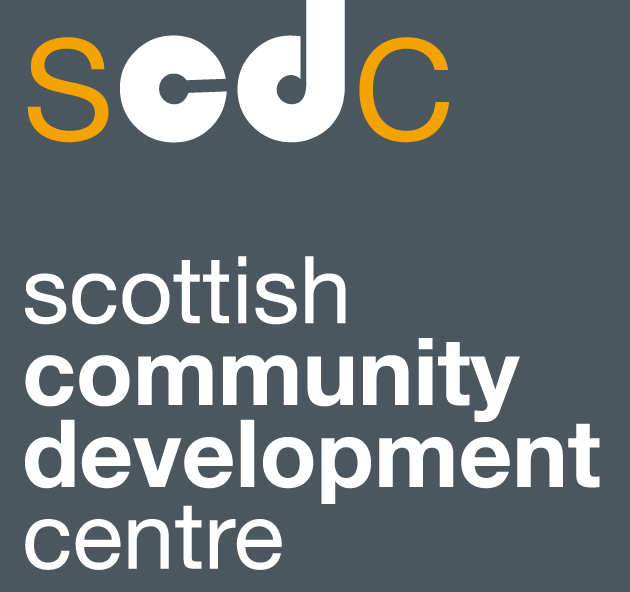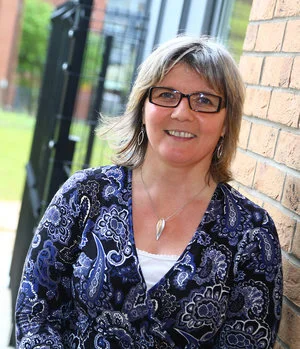Ten for 10: Taking a community development journey through HIIC
/As we mark 10 years of SCDC as an independent organisation, Kate McHendry shares reflections on managing the Health Issues in the Community course.
Health Issues in the Community (HIIC) is a course that helps people understand what affects their health and the health of their communities. Run by tutors across Scotland, HIIC supports people to develop the skills and knowledge to address health issues using community development approaches.
I’ve been in SCDC for the last 16 years, and for the first 14 and half years I was on the outside looking in on HIIC thinking that I had a good handle on what it was about.
But for the last 18 months I’ve been on the inside looking out, leading on developing HIIC with our great tutors. It’s been amazing, and challenging, to take on such an important piece of work, and I’d like to share with you three things that have impacted me the most since having the privilege of managing HIIC.
1. HIIC as a community development journey
Listening to the stories of participants and tutors alike I see that HIIC is a journey that participants and tutor go on together; one that explores health inequalities in a way that holds community development and popular education values and principles at its heart.
They are the guiding principles that carry it forward, that we begin where people are at; that their life experience and knowledge are the starting point for analysis and discussion. So, I see that HIIC is a toolbox that gives structure to the community development process. It gives it shape, direction and a clear purpose.
I must admit to being surprised at the strength and force of transformation that HIIC can have on people and their communities, and this is down to the skill, experience and commitment of our amazing tutors (more about becoming a HIIC tutor here) as well as the courage and determination of our participants.
2. HIIC challenges self-blame and the blaming of others
Another thing I hear from participants is how they are different from when they first came through the HIIC door - how HIIC helped them find their voice.
They have greater confidence, awareness, have a sense of their human rights, and are more understanding and tolerant. People move from self-blame around their own issues of, for example, living in poverty or with a mental health issue, to seeing and understanding the wider structural inequalities that hold them where they are at.
This releases an energy in them to contribute to and challenge what is happening in their communities. But equally they stop blaming others – the drug users, the refugees, the young, the old etc. It shifts the “other” from being the problem to being someone they can work alongside to challenge inequality.
3. From passive consumers to active creators
I’ve also heard many stories from folk of how in the course of their HIIC journey they move from passive consumer to active creator. They move from just accepting things as they are to: writing plays, writing participation requests, undertaking research, developing new local services and influencing policy.
HIIC releases the capacity of people so that they can contribute to and exploit the opportunities available to communities, for instance, through community empowerment legislation. HIIC helps bring these opportunities to communities who without support their voices would not be heard.


